
Few nurseries can boast the borrowed scenery of Nick Macer’s Pan-Global Plants at Frampton Court.
I do love a good nursery and am fortunate to live in North Carolina where we have some of the finest, most innovating wholesale and retail nurseries in the world. Our nurseries grow everything from huge landscape trees to flats of annuals and everything in between. Nurseries here include the largest single site, heated greenhouse complex in the US (162 acres under glass!), tree liner producers, and world re-known mail-order nurseries but it is always great to see how other folks are doing things.
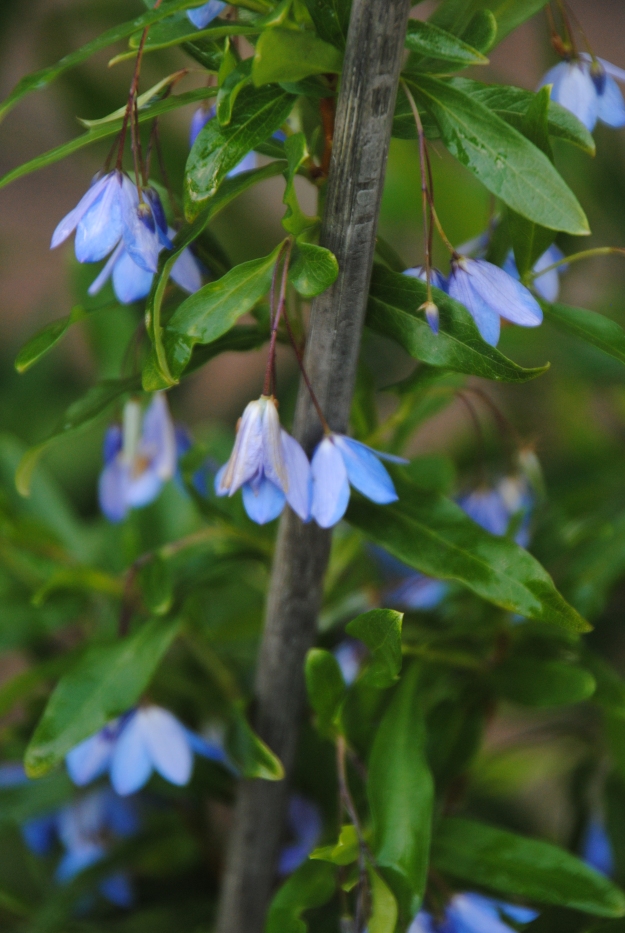
Bluebell creeper, Sollya heterophylla, is a fairly tender plant from Australia that Nick grows.
My quick whirlwind tour of Great Britain included several nurseries that blew my mind with their diversity and high quality plant material and I only wish I could have seen more. I stopped in for a brief visit at Pan-Global Plants (http://www.panglobalplants.com/) where I was delighted and a bit chagrined to realize I knew owner Nick Macer but hadn’t been aware that this was his nursery. Nick has been traveling the world collecting plants – Mexico, Morocco, Manipur, and Vietnam – not necessarily where many other plant hunters have gone in recent years.
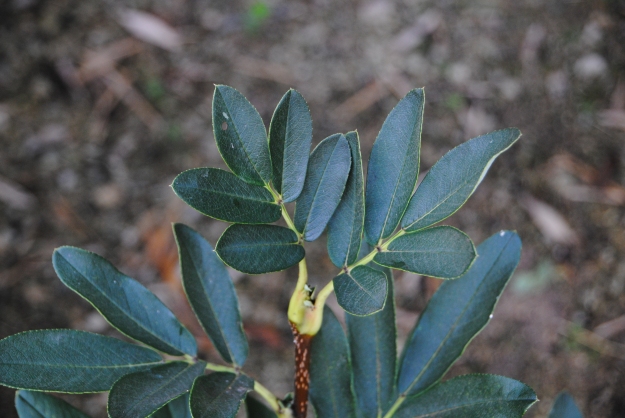
Sorbus harrowiana is a dwarf Chinese rowan with huge, thick leaves on mature plants – very beautiful and distinctive but probably ungrowable in our humidity.
As his travels might indicate, Nick is not one to pigeonhole himself and is growing everything from bulbs to trees. His collection was mouth-watering and well worth the trip to his beautiful walled-garden location on the Frampton Court grounds. I spent a bit of time with Nick checking out some recent introductions and was especially excited to find Styrax shiraianus, a snowbell from Japan that is exceptionally rare in gardens despite having been introduced to the US a century ago. The long tubed flowers and heavily toothed leaves are quite distinctive for a styrax.
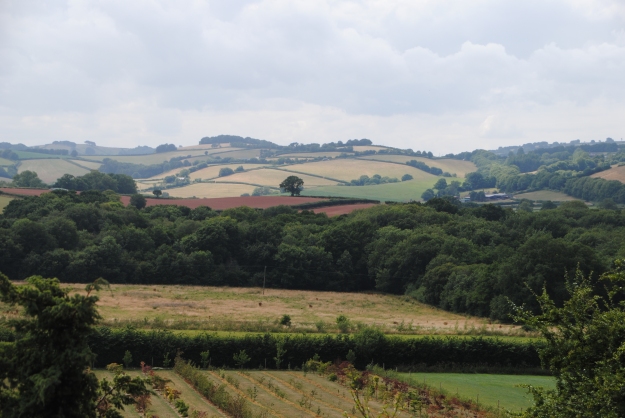
If you don’t have a castle, the backdrop at Junker’s Nursery is the next best thing.
Nick’s plants are mostly smaller sized unusual species while Junker’s Nursery grows larger, landscape sized, field grown plants. I’ve long wanted to visit and was not sure what to expect since their website (http://www.junker.co.uk/) indicated that they had recently moved. I was met at the nursery by Karan Junker and her son Torsten. I shouldn’t have worried about the nursery, they had been establishing it for several years prior to the move and I can’t imagine a more picturesque site with rolling hills and agricultural fields.
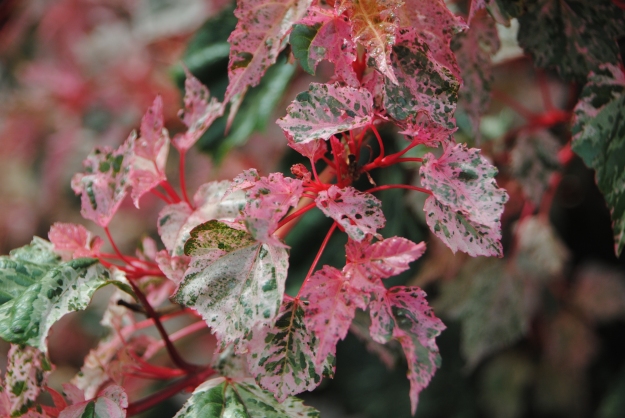
Can’t beat the color on this maple at Junker’s, Acer xconspicuum ‘Red Flamingo’.
The nursery consists of quite a few hoop houses, lined out stock plants, rows of nursery stock in the fields, and an arboretum of their trees and a sunken quarry garden as well where Torsten has been taking the lead. Junker’s grows a very wide variety of material, somewhere in the neighborhood of 1000 taxa although not all are available at any one time. They specialize in some material like Acer (maple), Cornus (dogwood), and several other woody trees and shrubs. I think I counted over 140 different dogwoods – these are definitely my type of people.
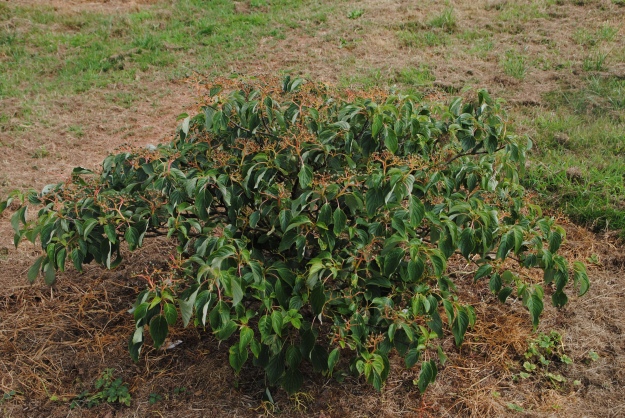
Cornus controversa ‘Troya Dwarf’ – a dwarf giant dogwood growing in the arboretum at Junker’s.
Karan took me on a tour of the grounds where I saw some impressive, new (to me at least) plants that set me to drooling. Folks in the UK are lucky to have growers of quality material so near at hand. I was especially pleased to see that a new generation of Junker is interested in the nursery and Torsten has been expanding the palette of material growing at the nursery. Several frames were built to house his growing collections of herbaceous material (120 taxa of Roscoea among others) and the most recent Junker’s availability list includes Agave and Dasylirion that Torsten grew from seed. I can’t wait to see where the nursery goes as Torsten becomes even more integrated and involved.
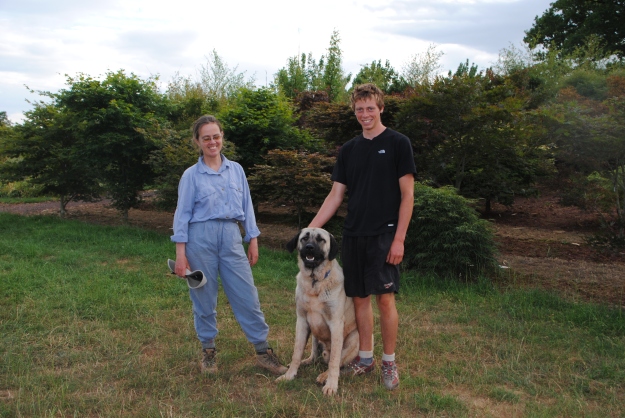
I did want to visit at least 1 mainstream garden center so I stopped by one of the Notcutt’s Nursery locations which are scattered around England. It held a very interesting selection of plant material but was in many ways similar to many of our own better nurseries. The hard-goods selection was huge with everything from garden decor to outdoor entertaining goods available. I was impressed at how they funneled visitors through their entire sales area much like Ikea does in their stores. I’m sure that must be good for impulse buys.

Notcutt’s Nursery has a great selection of plants and garden accessories.
The industry in the UK has certainly suffered like it has in the US over the past several years but it still looks strong to me. New plant material, excellent quality, and enthusiastic folks should serve the industry well. If the USDA doesn’t continue to tie our hands on imports of plant material, the UK industry could certainly help us keep our own industry innovating.
Follow me at @jcramark because life is too short for boring plants.
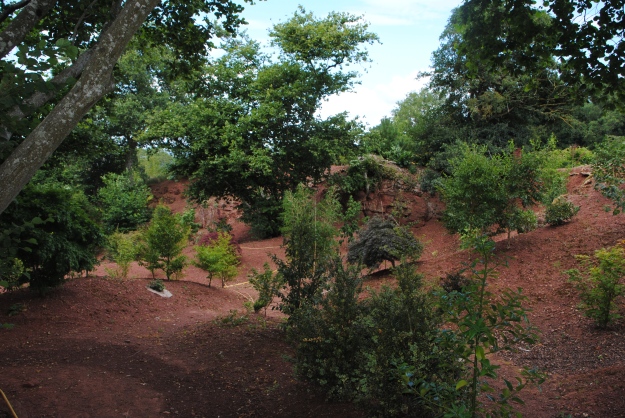
Torsten’s new quarry garden at Junker’s is just getting established and still has plenty of room for some of his 120 different Roscoea, hardy orchids, and other collector’s plants.
Check out all the happenings at http://www.ncsu.edu/jcraulstonarboretum



























































































